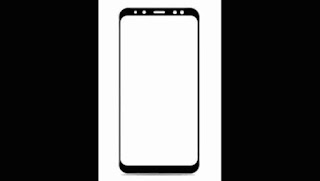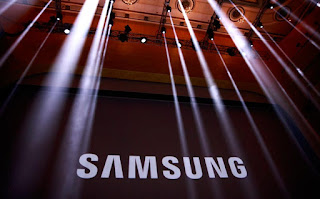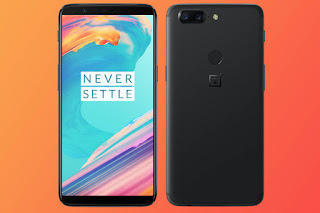LG has released Android 8.0 Oreo update for its flagship V30 smartphone. The Oreo beta program went live for LG V30 last month, and now the final build has started rolling out.
The update is about 1,412MB in size, and is available via OTA update as well as LG Bridge software. LG V30 users can either update their device from software update option or by manually downloading the update through the supplied software. The update, for now, is limited to V30 users in South Korea but users in other markets should get the update in the coming months.
The Oreo update brings improvements to V30 in key areas like performance, battery life and speed. The update improves boot time on smartphones and brings streamlined notification cards. Other improvements include Oreo defaulting to the maximum aspect ratio of the screen instead of the 1.86:1 aspect ratio adopted with the previous versions.
The Android 8.0 Oreo version on V30 is based on LG’s own UX, which enhances the screen configuration, graphics and convenience features. On V30, users can watch videos in picture-in-picture (PIP) mode, and apps like Netflix will turn into a small screen when another app is running. The update also brings LDAC-related improvements that minimizes sound source loss.
“We will provide a differentiated user experience with stable and complete software,” said Lee Sang-kyu of LG Electronics Mobile Korea Group.
With the release of Oreo for V30, LG has become one of the very few smartphone makers to release newest version of Android for their devices. Apart from Google, only Nokia, Sony and OnePlus have released Oreo update for their devices. Android 8.0 Oreo had a market share of just 0.5 percent at the beginning of December.
To recall, LG launched V30+, a variant of V30, with more storage in India early this month. The smartphone features a 6-inch P-OLED display, Qualcomm Snapdragon 835 processor, 4GB RAM, and 128GB internal storage. It features dual rear camera setup with a 16-megapixel primary sensor and a 13-megapixel secondary sensor. There is a 5-megapixel front camera with support for 120-degree wide-angle selfies.
The smartphone comes with Quad-DAC support, and is priced at Rs 44,990. Since the V30+ is basically a variant of V30, it should also receive Android 8.0 Oreo in the coming months.
 |
| LG V30+ |






















